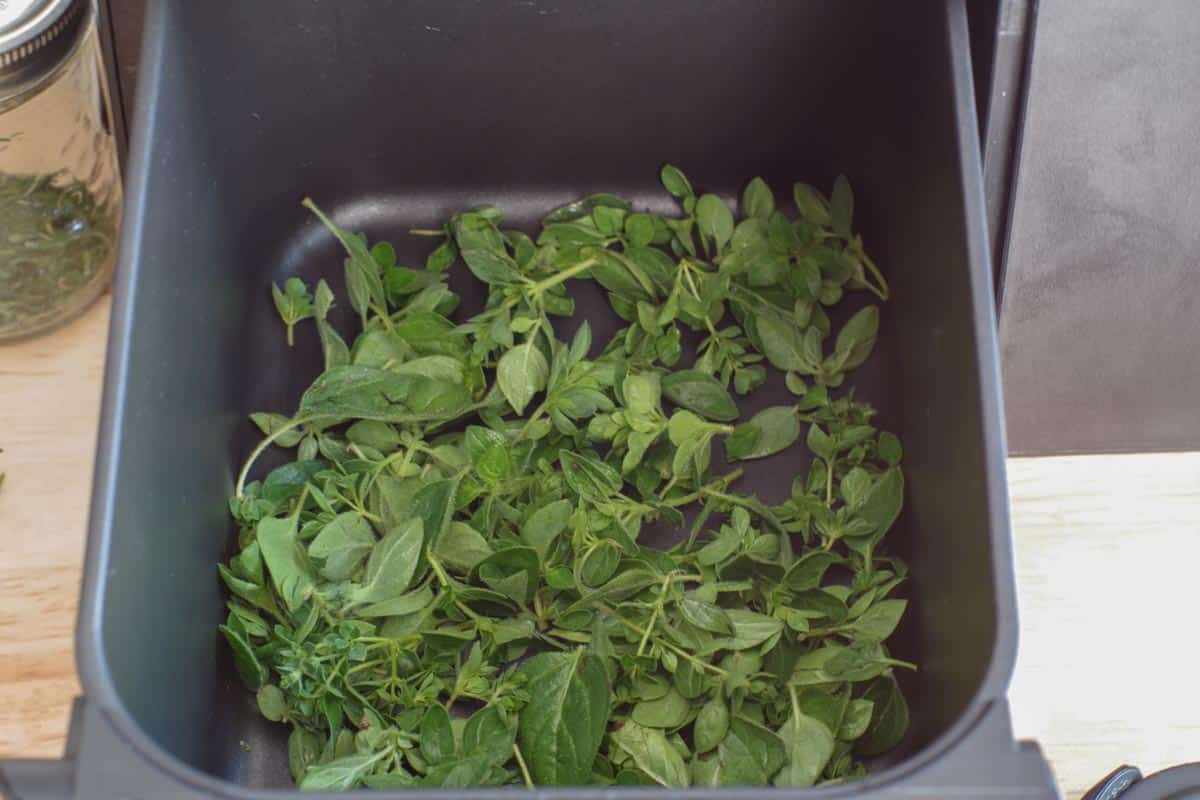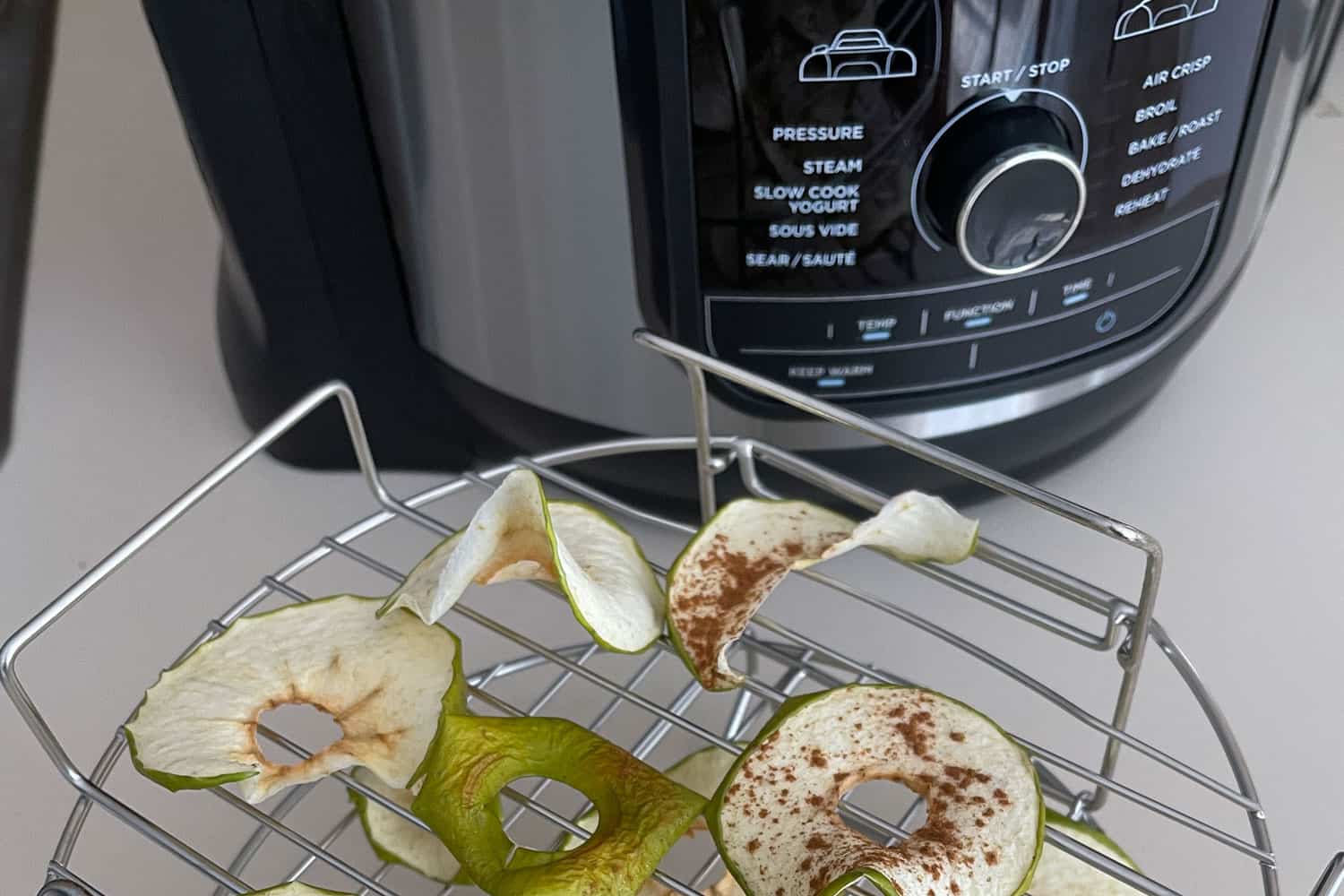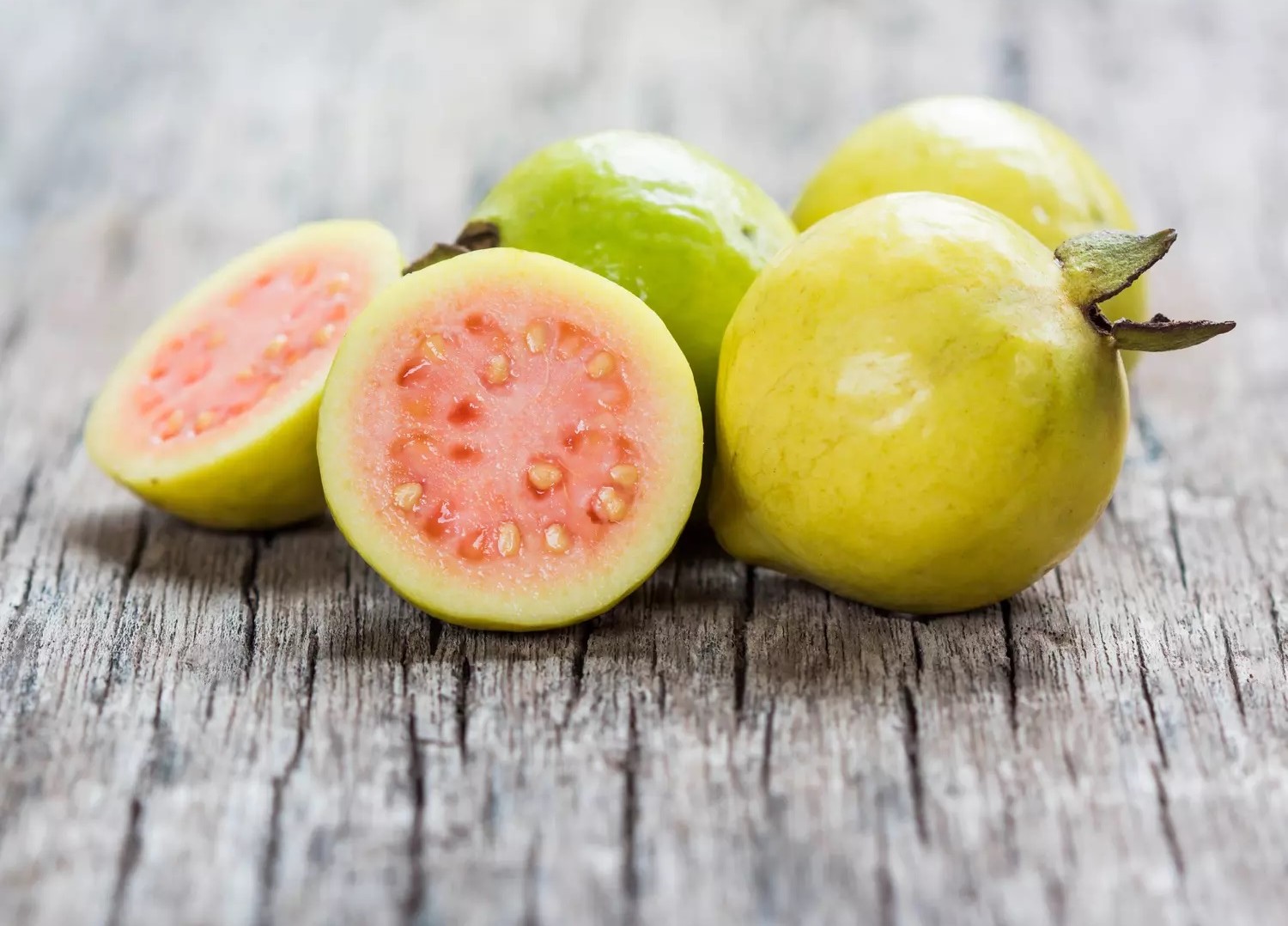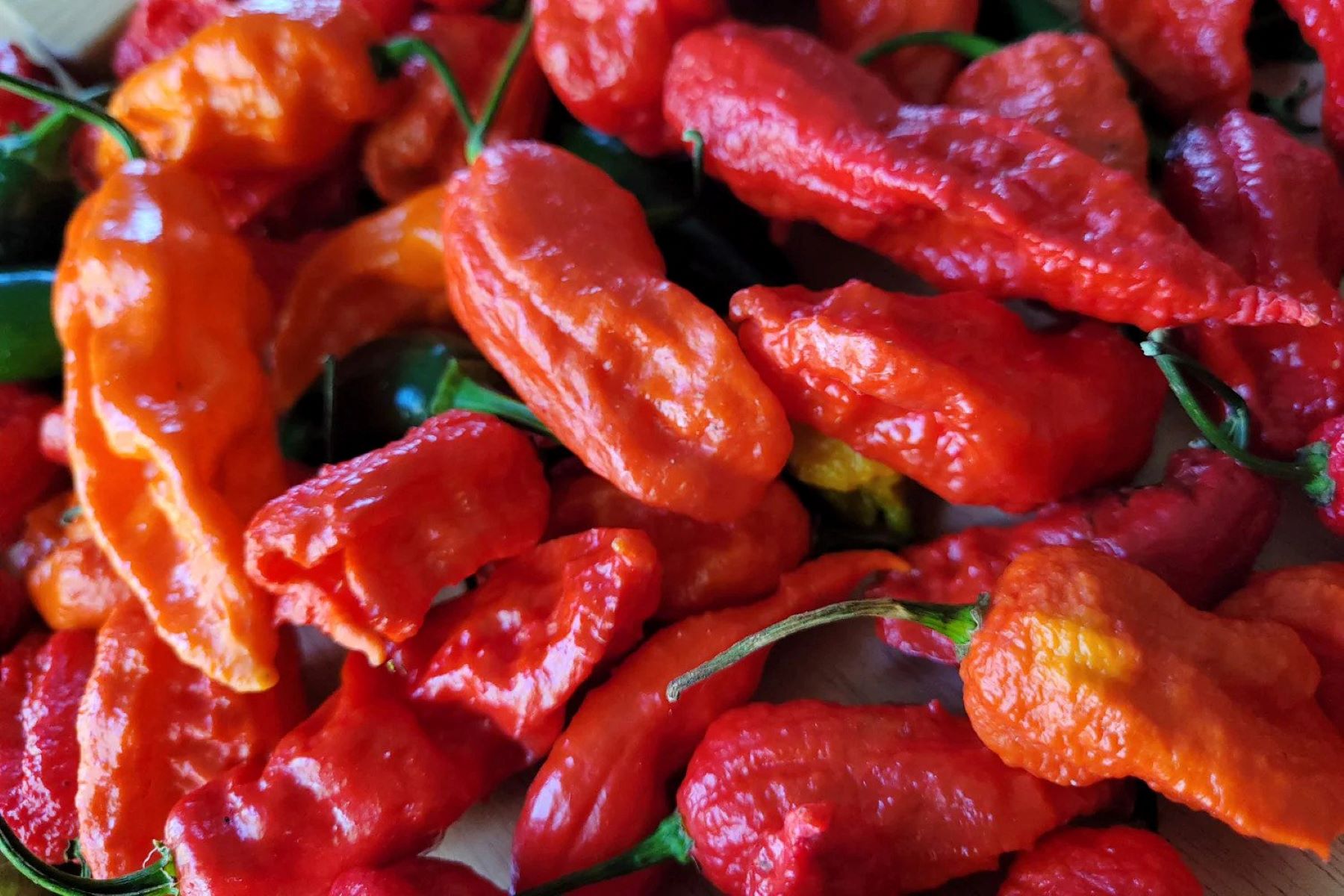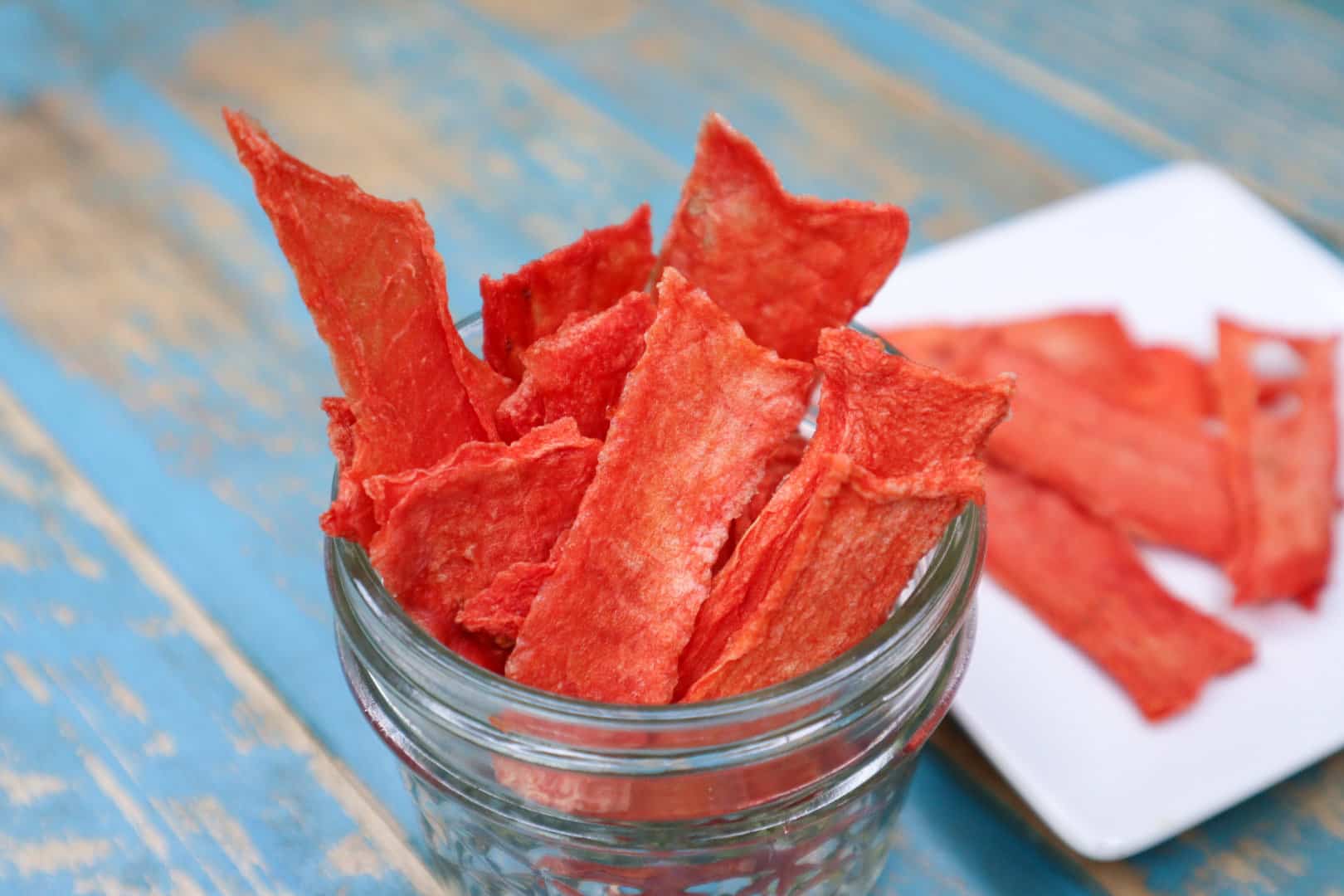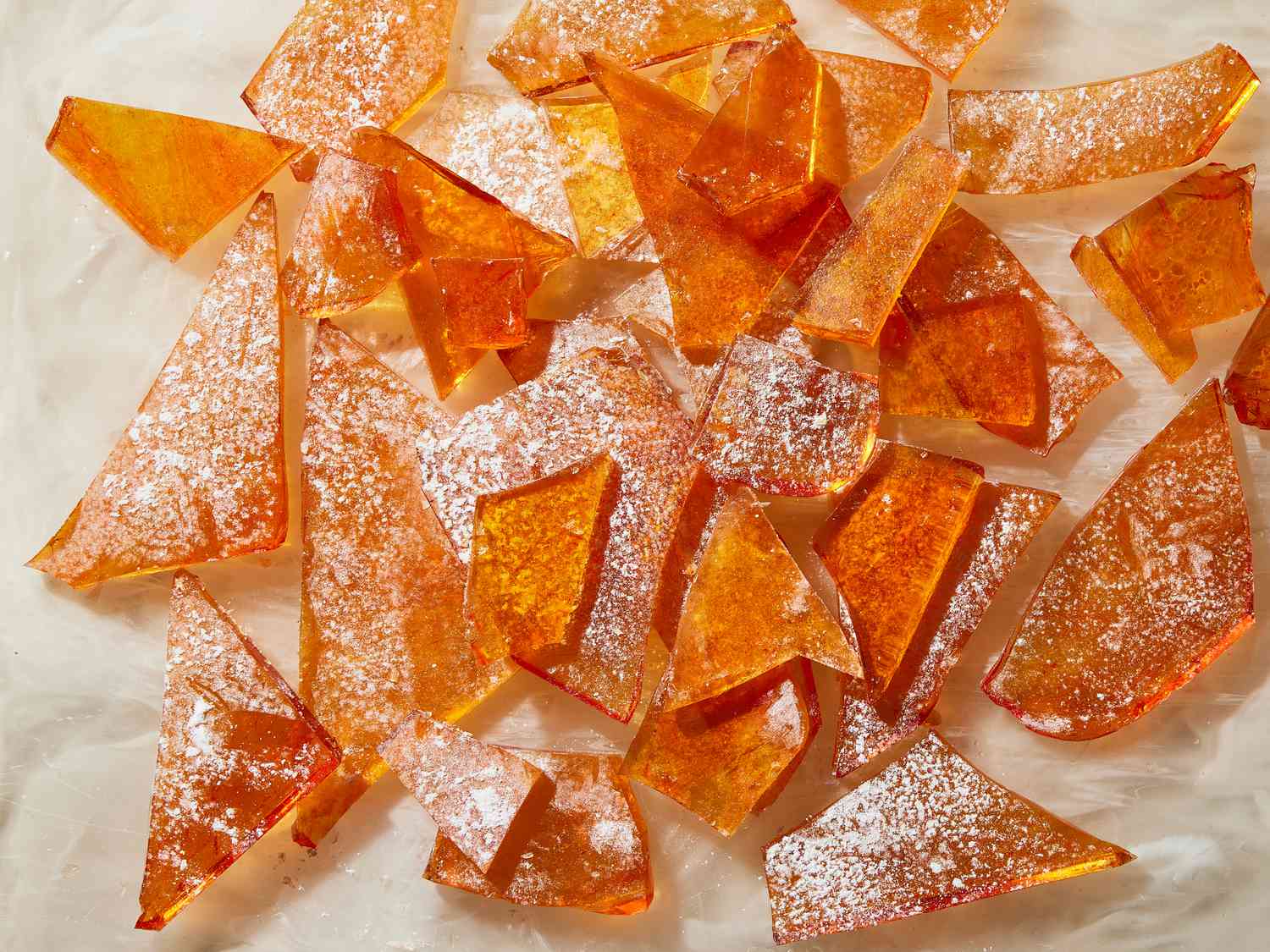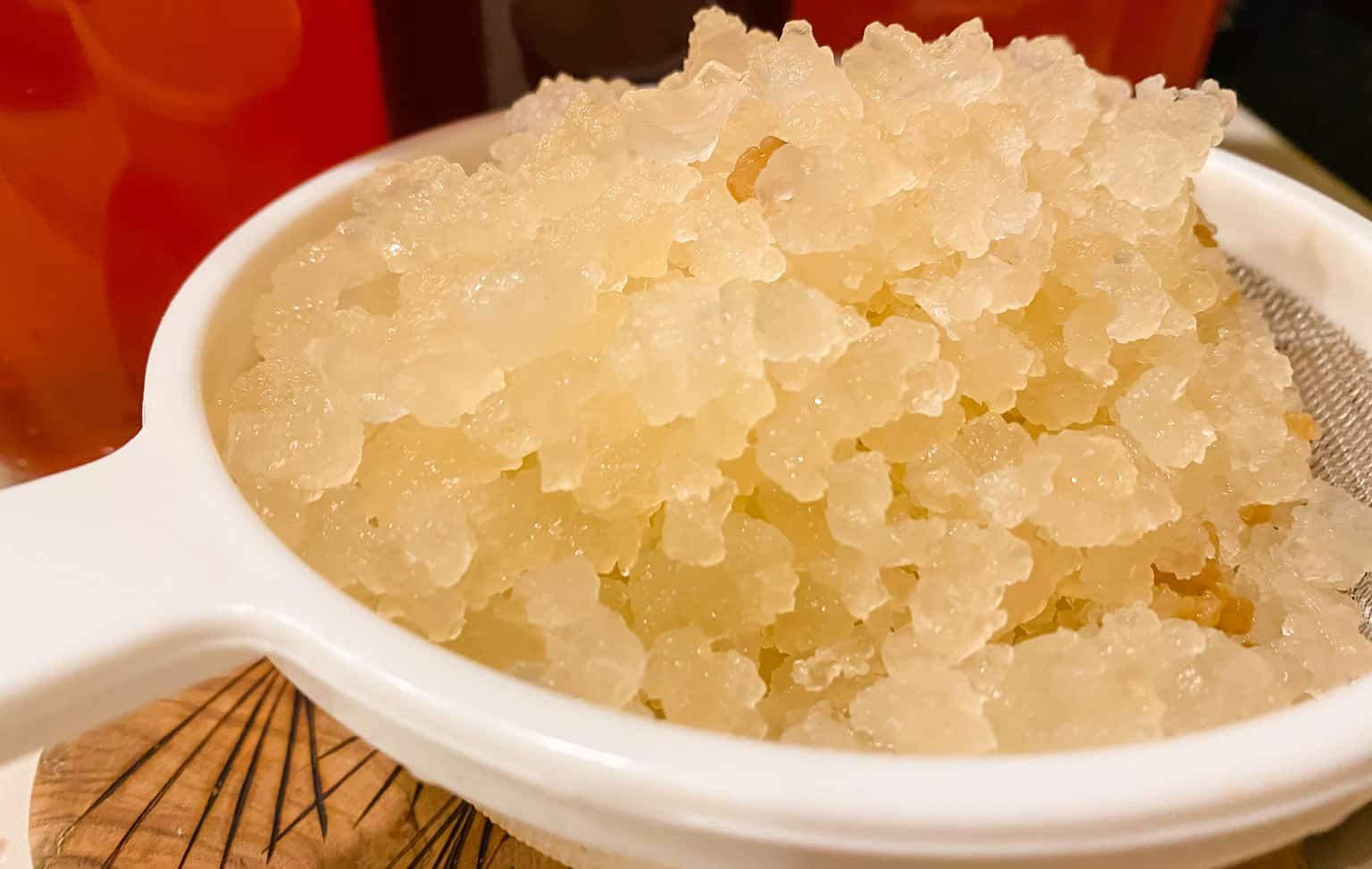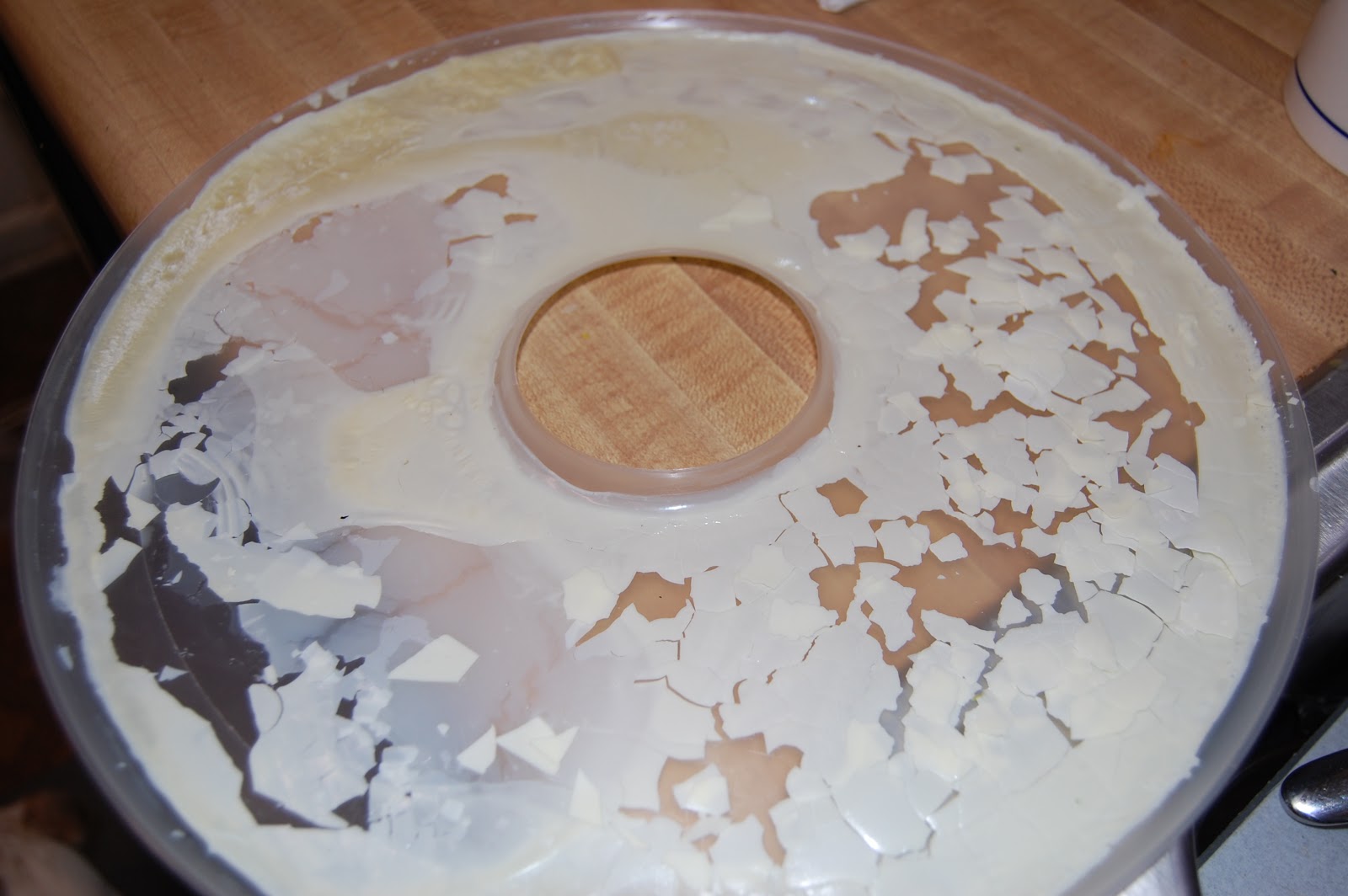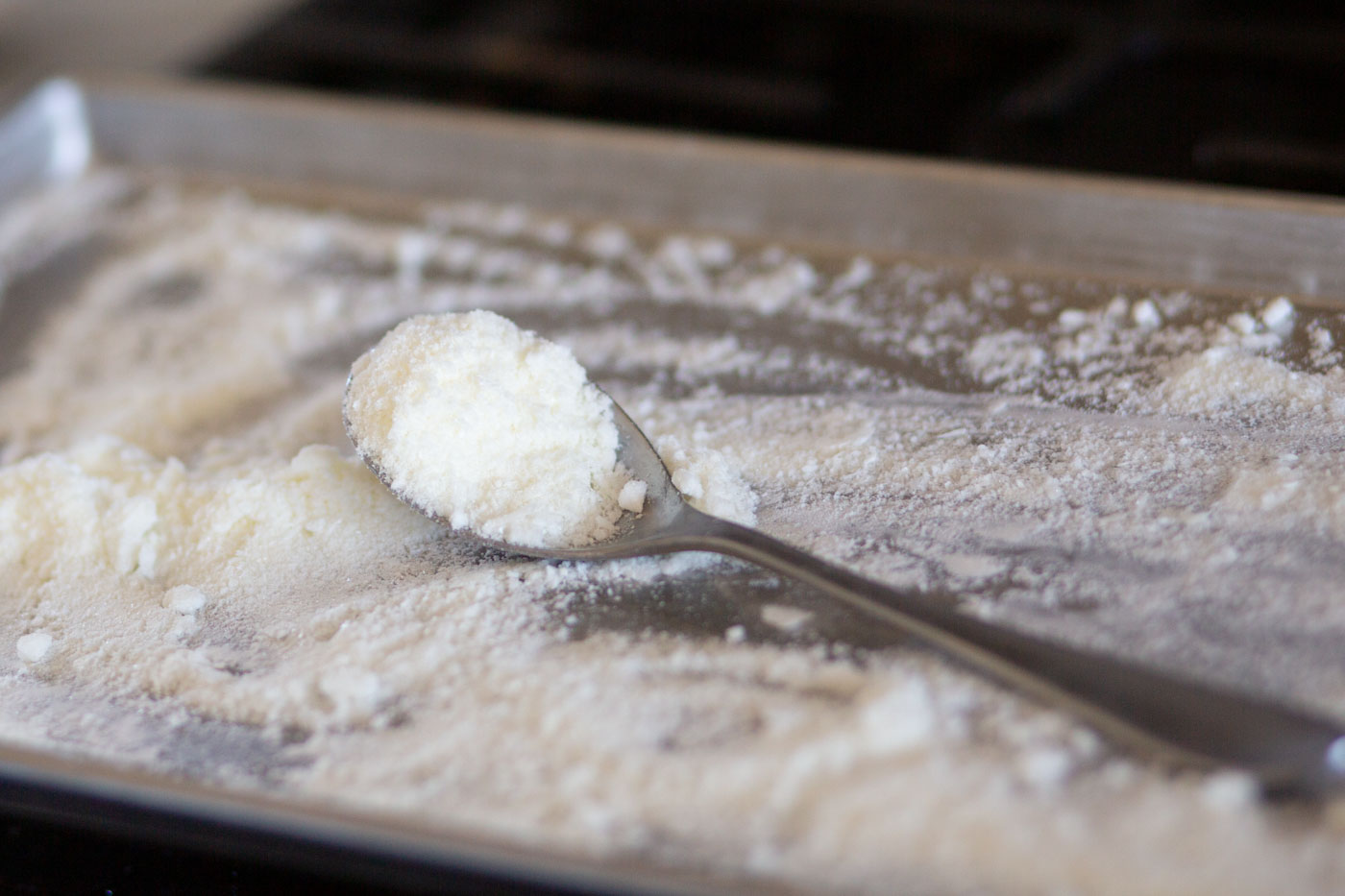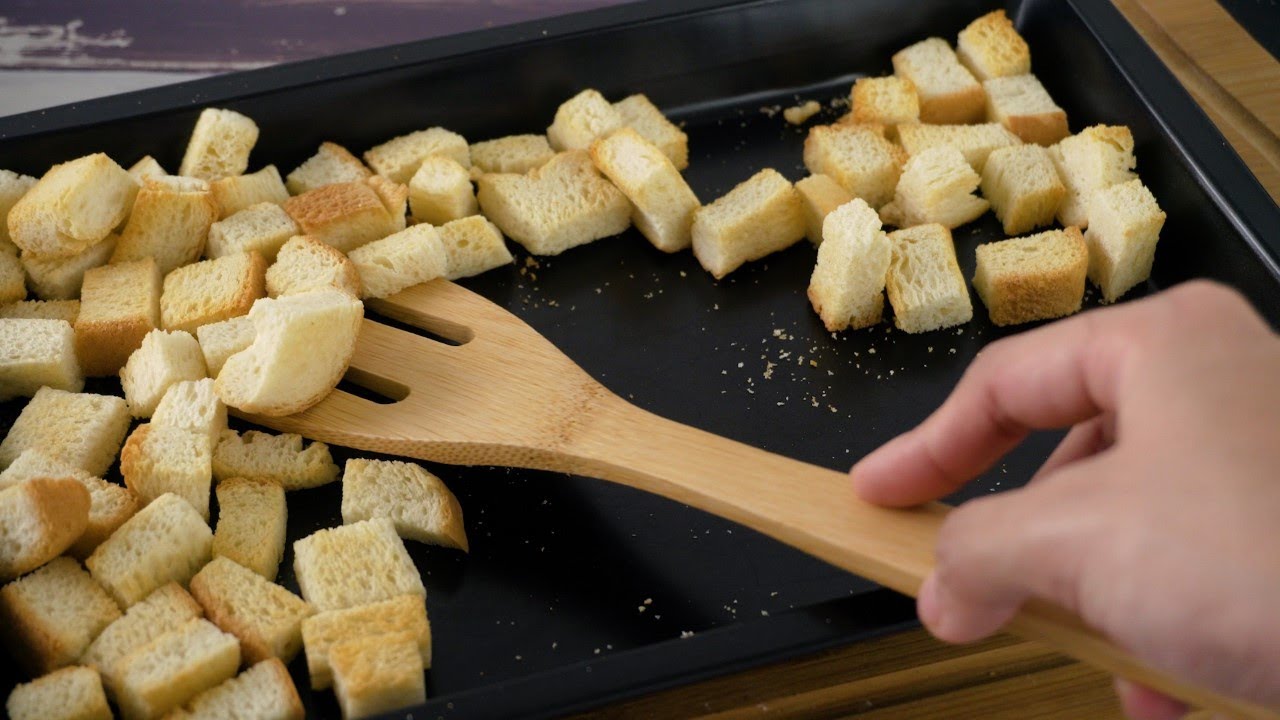Dehydrating Bones for Dogs: A Healthy and Safe Option
If you’re a pet owner, you know how important it is to provide your furry friend with the best nutrition and treats. One way to ensure that your dog gets the most out of their snacks is by dehydrating bones. Dehydrated bones can be a healthy and safe option for dogs, offering a natural and long-lasting chew that can also help promote dental health. Here’s a guide on how to dehydrate bones for your beloved canine companion.
Choosing the Right Bones
When it comes to dehydrating bones for dogs, it’s crucial to select the right type of bones. Raw bones are the best choice for dehydrating, as they are less likely to splinter and cause harm to your dog. Look for bones that are large enough to prevent choking hazards and avoid small bones that can be easily swallowed.
Preparing the Bones
Before dehydrating the bones, it’s essential to clean and sanitize them thoroughly. Start by removing any remaining meat or tissue from the bones. You can do this by boiling them for a few minutes to loosen any remaining meat, which can then be scraped off. Once the bones are clean, wash them with hot, soapy water and rinse them well.
Dehydrating Process
There are a few different methods for dehydrating bones, but one of the most common and effective ways is to use a food dehydrator. Dehydrating bones in a food dehydrator allows for even and controlled drying, ensuring that the bones are safe for your dog to chew on. Arrange the bones on the dehydrator trays, leaving some space between each bone for air circulation. Set the dehydrator to a low temperature, around 140°F, and let the bones dry for 12-24 hours. Check the bones periodically to ensure they are drying evenly and are not becoming too brittle.
Storage and Safety
Once the bones are fully dehydrated, allow them to cool completely before giving them to your dog. Store the dehydrated bones in a cool, dry place, such as an airtight container or resealable bags. Proper storage will help maintain the freshness and quality of the bones for your dog to enjoy over time.
It’s important to monitor your dog while they are chewing on dehydrated bones to ensure they are not breaking off small pieces or consuming the bones too quickly. If you notice any splintering or if the bone becomes small enough to be a choking hazard, remove it immediately.
Benefits of Dehydrated Bones
Dehydrated bones offer several benefits for dogs, including:
- Supporting dental health by promoting chewing and reducing plaque buildup
- Providing mental stimulation and relieving boredom
- Supplying essential nutrients such as calcium and phosphorus
- Offering a long-lasting and natural chew option
By dehydrating bones for your dog, you can provide them with a safe, healthy, and enjoyable treat that contributes to their overall well-being.
Conclusion
Dehydrating bones for dogs is a simple and rewarding process that can benefit both you and your furry companion. By following these steps and guidelines, you can ensure that your dog has access to a natural and nutritious chew that promotes their dental health and satisfies their instinctual need to chew. Remember to always supervise your dog while they are enjoying their dehydrated bones and prioritize their safety and well-being.
So, why not give dehydrating bones a try? Your dog will thank you for it!
Creative Recipes and Further Applications
Now that you've mastered dehydrating bones for dogs, why not try your hand at some related recipes? These dishes also offer a chance to utilize your newfound skills in a variety of delicious and nutritious ways. For starters, the Beef Bone Broth Recipe and Homemade Chicken Bone Broth Recipe are perfect for beginners looking to create rich, flavorful bases for other meals. If you're feeling more adventurous, the Smoked and Dehydrated Ham Bones Recipe adds a smoky twist to your repertoire. I highly recommend the Spiced Dehydrated Beef Bones Recipe, which infuses traditional methods with bold flavors, ideal for those looking to expand their culinary horizons. Each recipe provides a practical application of dehydrating techniques that can enhance both your cooking skills and your dog's diet.
